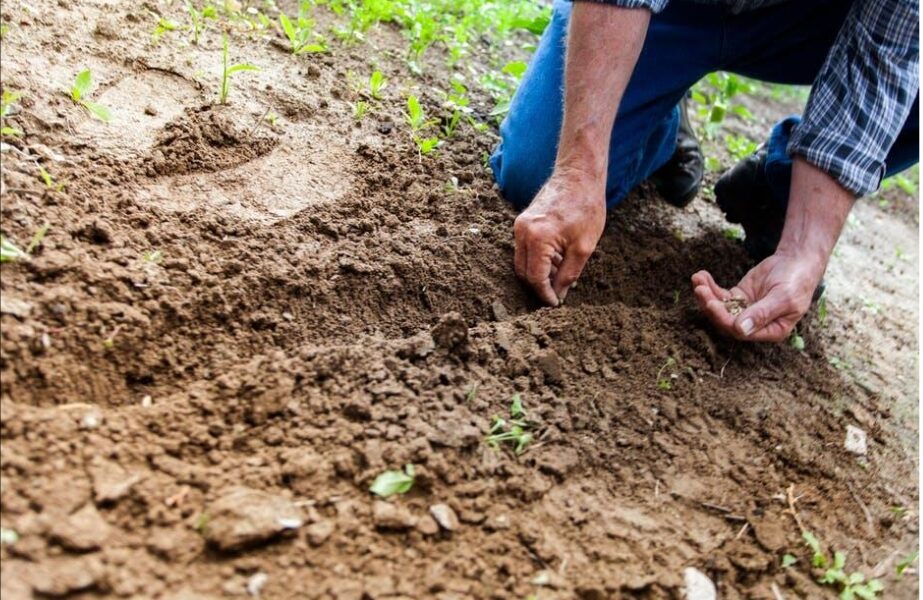7 Steps to Successfully Planting Wildflower Seeds in Your Garden
Bringing a burst of color and life to your garden starts with the simple act of planting wildflower seeds. Wildflowers offer beauty and attract pollinators, making your garden a vibrant oasis.
However, the secret to success lies in understanding the right techniques. Whether you’re a seasoned gardener or a novice, planting wildflower seed mix can transform your space.
In this guide, we’ll walk you through seven easy steps to ensure your wildflowers thrive. Get ready to watch your garden flourish with every hue and texture imaginable.
Join us as we explore the joy of planting bulk wildflower seeds. Read on!
1. Understanding Your Garden Environment
It’s important to look at your garden’s conditions before you plant any seeds. Think about how much sunlight the area gets, what kind of soil it has, and the weather in general. Wildflowers do well in many conditions, but they do best where they are similar to where they live in the wild.
2. Choosing the Right Wildflower Seeds
Selecting the right wildflowers for your garden is crucial. Look for a bulk wildflower seed mix that is suited to your region’s climate and soil type. Such mixes are designed to provide a range of flowers, which bloom at different times, ensuring your garden remains colorful throughout the growing season.
3. Preparing the Soil
For wildflowers to grow well, the soil needs to be properly prepared. Get rid of the grass and weeds in the area so that they don’t compete for water and nutrients. Wildflowers don’t care too much about the quality of the soil, but loosening it can help roots grow and water get to them better.
4. Sowing the Seeds
It doesn’t take many wildflower seeds to cover a lot of ground. Adding sand to the seeds will help them spread out more evenly. Then, spread the mix out over the ready soil so that it covers it lightly. Don’t pack too many wildflower seeds together; they need room to grow.
5. Watering Wisely
After you plant your seeds, give them a light but thorough watering. Until the seeds sprout and the plants are well-established, the soil should stay moist but not soaked. Once wildflowers are established, they don’t need much watering and can survive in dry conditions.
6. Managing Expectations
It may take a while for wildflowers to sprout and grow. It could take a season or two for some to bloom, while others might only need a few weeks. You need to be patient and carefully watch how your garden grows.
7. Maintenance and Care
Even though wildflowers don’t need much care, a little attention can help them do well. Get rid of any weeds that might be in the way of your wildflowers, and if the plants get too close together, you might want to thin them out. Each plant will have enough space to grow and do well.
Planting Wildflower Seeds – A Journey to a Vibrant Garden
It’s fun and good for the environment by planting wildflower seeds in your garden. By knowing your garden’s environment, picking the right seeds, and getting the soil ready, you can make a beautiful display of nature.
Don’t forget that patience and care are the keys to success. Wildflower seeds make your garden look nice and are good for the environment.
Turn your garden into a wildflower haven. You can find magic in your backyard if you join this journey.
Did you like this guide? Great! Please browse our website for more!




